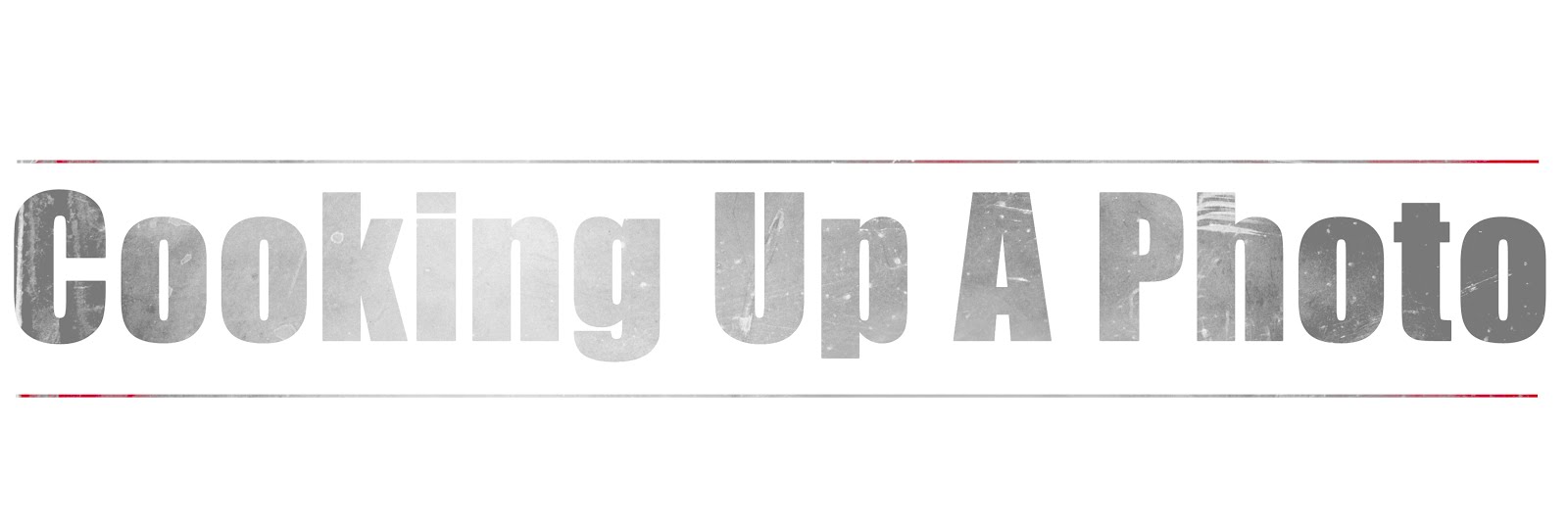1. PHOTOJOURNALISM
Very often defined as a separate genre characterising with such crucial values as timeliness and objectivity. I have always been a great fan of photojournalism and especially the conflict side of the genre. The thrill of the conflict zone as well as the possibility to capture some of the most important events in history have always attracted my attention.
PHOTOGRAPHERS
Henri Cartier-Bresson (August 22, 1908 – August 3, 2004) - considered to be the father of photojournalism, as well as a great contributor in street photography and life reportage. The co-founder of Magnum photos and a creator of the phrase 'decisive moment', which today many photographers live by.
Larry Burrows (29 May 1926 - 10 February 1971) - known especially for his (mainly) colour photographs of the Vietnam War, a conflict, which he covered in great detail. Burrows had complete freedom to photograph the Vietnam War, not being restricted by a typical monitoring involved in a coverage of a modern conflict. Burros tragically lost his life to the war, but the work he left behind is the most complete photographic record of the Vietnam War.
Robert Capa (October 22, 1913 – May 25, 1954) - known for his heroism and romanticism. He famously said 'If your pictures are not good enough, you are not close enough'. He took some of the most iconic war images of 20th century, covering five wars: the Spanish Civil War, the Second Sino-Japanese War, World War II across Europe, the 1948 Arab-Israeli War and the First Indochina War. Like many conflict photographers he lost his life in a war zone.
Don McCullin (9 October 1935) - famously named by Cartier Bresson 'Goya with a camera'. His images characterise with a great humanist concern. McCulliun skilfully involves the viewer in his very melancholic, almost pictorial at times work.


more to follow ..................... (I shall be back to the full time time study at the end of the month, after my return from Poland)
1. SOCIAL DOCUMENTARY
"Social documentary photography is the recording of humans in their natural condition with a camera."[Wikipedia] For me, without a doubt the most attractive of all sub-genres of documentary photography, as it allows a deep look into ones lives. I must underline that many photojournalists would often double up as social documentary photographers, with such examples as Henri Cartier-Breson, or Don McCullin.
Social documentary photography took its current shape through the photographic practice of the Farm Security Administration (FSA), which employed photographers and writers to report and document the difficult lives of struggling farmers. The photographers of the project included such names as Walker Evans and Dorothea Lange. The genre however began as early as in 19th century and it concentrated on documenting the living conditions of the lower classes.
In England - the birth place of social documentary such photographers as Henry Mayhew or Thomas Annan would document the difficult lives of the working class and picture underprivileged streets, whilst in the US Jacob Riis and Lewis Hine used the camera as "an instrument of accusation against social injustice" [Wikipedia]. The subject of immigrants was also widely covered.
The post war era brought us such prominent names as Diane Arbus, W. Eugene Smith, Robert Frank or Mary Ellen Frank. Social documentary photography has been widely accepted by the art world since the 1970s.
PHOTOGRAPHERS
Diane Arbus (March 14, 1923 – July 26, 1971) - an American photographer known especially for her haunting images of 'deviant and marginal people' [Wikipedia]. Her deeply analytical imaginary of the odd looking is always very surreal, quite disturbing almost. Diane Arbus took her own life in 1971, soon after she reportedly said "What if I am no longer a photographer?"
Walker Evans (November 3, 1903 – April 10, 1975) - an American photographer, known especially for his depression era photography. In 1938 he photographed passengers on the New York City Subway with the specially devised camera hidden in his large overcoat. His subjects were completely unaware of being photographed. In the last few of his life Walker photographed with a Polaroid SX-70 concentrating mainly on street signage, being one of my personal favourite.

























Interesting topic for a blog. I have been searching the Internet for fun and came upon your website. Fabulous post. Thanks a ton for sharing your knowledge! It is great to see that some people still put in an effort into managing their websites. I'll be sure to check back again real soon. Architectural Photographer
ReplyDeletethank you for your interesting infomation. celebrity portraits
ReplyDeleteIt’s very informative and you are obviously very knowledgeable in this area. You have opened my eyes to varying views on this topic with interesting and solid content. Kauai family photographers
ReplyDeleteThanks for sharing this information. I really like your blog post very much. You have really shared a informative and interesting blog post with people.. Wedding Vendors
ReplyDelete